Data Security And Performance Enhancement: A Comprehensive Guide To RAID Configurations In Windows Server
Information Safety and Efficiency Enhancement: A Complete Information to RAID Configurations in Home windows Server
Associated Articles: Information Safety and Efficiency Enhancement: A Complete Information to RAID Configurations in Home windows Server
Introduction
With enthusiasm, let’s navigate by means of the intriguing subject associated to Information Safety and Efficiency Enhancement: A Complete Information to RAID Configurations in Home windows Server. Let’s weave fascinating data and provide contemporary views to the readers.
Desk of Content material
Information Safety and Efficiency Enhancement: A Complete Information to RAID Configurations in Home windows Server
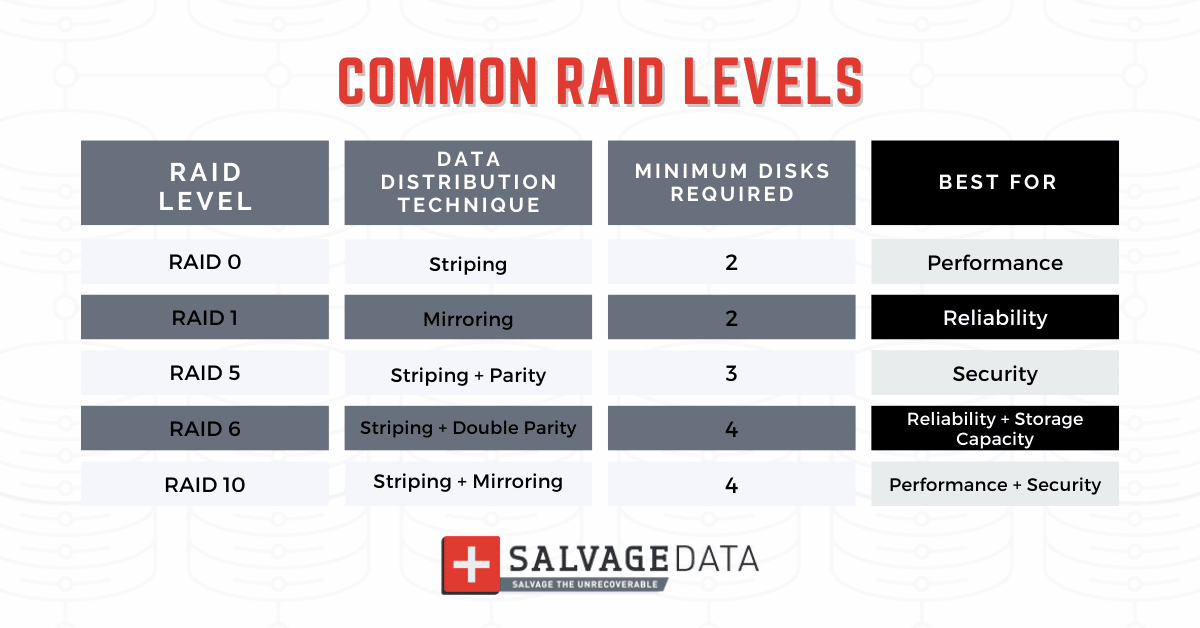
The inspiration of any strong server infrastructure lies within the safety and reliability of its information storage. Redundant Array of Impartial Disks (RAID) know-how has lengthy been a cornerstone for reaching this goal, providing a spread of configurations tailor-made to particular wants. As know-how evolves, so too do one of the best practices for implementing RAID in Home windows Server environments. This text explores the important issues for maximizing information safety and efficiency in Home windows Server, specializing in the most recent developments and sensible methods.
Understanding the Fundamentals of RAID
At its core, RAID is a technique of mixing a number of bodily onerous drives right into a single logical unit, enhancing information storage capabilities. This strategy provides a number of key benefits:
- Information Redundancy: RAID configurations present information redundancy, safeguarding towards disk failures by storing information throughout a number of drives. This redundancy ensures information availability even when a number of drives fail.
- Enhanced Efficiency: RAID configurations can considerably enhance I/O efficiency, notably for learn operations, by distributing information throughout a number of drives, resulting in sooner information entry.
- Elevated Storage Capability: Some RAID ranges enable for the creation of a bigger logical storage quantity than the sum of the person bodily drive capacities.
Selecting the Proper RAID Stage for Your Wants
The selection of RAID stage depends upon the precise necessities of your software and the specified steadiness between information safety and efficiency. The commonest RAID ranges are:
- RAID 0 (Striping): RAID 0 splits information throughout a number of drives, providing the very best efficiency however no information redundancy. A single drive failure leads to information loss.
- RAID 1 (Mirroring): RAID 1 creates a precise copy of information on two or extra drives, offering most information safety. Nonetheless, it makes use of twice the cupboard space in comparison with a single drive.
- RAID 5 (Striping with Parity): RAID 5 distributes information and parity data throughout a number of drives, providing a steadiness between efficiency and redundancy. A single drive failure might be tolerated with out information loss.
- RAID 6 (Striping with Twin Parity): RAID 6 offers even increased information safety than RAID 5, permitting for the failure of two drives with out information loss. Nonetheless, it comes at the price of decreased efficiency in comparison with RAID 5.
- RAID 10 (Mirroring and Striping): RAID 10 combines some great benefits of each RAID 1 and RAID 0, providing excessive efficiency and information redundancy. It requires no less than 4 drives and is good for purposes with excessive I/O calls for and important information.
Finest Practices for Implementing RAID in Home windows Server
- Select the Proper RAID Stage: Rigorously contemplate the precise wants of your purposes, information sensitivity, and efficiency necessities when deciding on the suitable RAID stage.
- Use Excessive-High quality Drives: Put money into high-quality, dependable onerous drives from respected producers to reduce the danger of drive failures.
- Use a Devoted RAID Controller: Make use of a devoted RAID controller for enhanced efficiency and reliability in comparison with software-based RAID options.
- Implement Correct Backup Methods: RAID offers information safety towards drive failures however doesn’t defend towards different information loss eventualities reminiscent of unintentional deletion or malware assaults. Implement complete backup methods to safeguard towards these threats.
- Monitor RAID Efficiency and Well being: Commonly monitor the efficiency and well being of your RAID configuration utilizing instruments supplied by your RAID controller or Home windows Server.
- Take into account RAID 10 for Crucial Functions: For purposes requiring each excessive efficiency and information redundancy, RAID 10 provides an optimum resolution.
- Implement RAID 5 or RAID 6 for Common-Objective Functions: For general-purpose purposes the place information redundancy is essential however efficiency is just not a major concern, RAID 5 or RAID 6 are appropriate selections.
- Think about using a Storage Space Community (SAN): For giant-scale deployments or advanced storage necessities, a SAN can present centralized storage administration and superior RAID capabilities.
Advantages of Utilizing RAID in Home windows Server
- Enhanced Information Availability: RAID ensures information availability even within the occasion of drive failures, minimizing downtime and potential enterprise disruptions.
- Improved Efficiency: RAID configurations can considerably enhance I/O efficiency, resulting in sooner software response instances and elevated productiveness.
- Elevated Storage Capability: Some RAID ranges enable for the creation of bigger logical storage volumes than the sum of the person bodily drive capacities, offering larger storage capability.
- Lowered Threat of Information Loss: RAID offers a sturdy layer of information safety, minimizing the danger of information loss as a result of drive failures.
- Simplified Storage Administration: RAID simplifies storage administration by presenting a number of bodily drives as a single logical unit, making it simpler to handle and administer.
FAQs about RAID in Home windows Server
Q: What’s the finest RAID stage for a file server?
A: The most effective RAID stage for a file server depends upon the precise necessities of the server. If information integrity is paramount, RAID 1 or RAID 10 are appropriate selections. If efficiency is a precedence, RAID 5 or RAID 6 can present a steadiness between redundancy and velocity.
Q: Can I create a RAID configuration utilizing software-based RAID in Home windows Server?
A: Sure, Home windows Server provides software-based RAID options, however they’re usually much less performant and dependable in comparison with hardware-based RAID controllers.
Q: What are the disadvantages of utilizing RAID?
A: RAID configurations might be advanced to arrange and handle, and they are often costly, particularly for increased RAID ranges. Moreover, RAID doesn’t defend towards all information loss eventualities, reminiscent of unintentional deletion or malware assaults.
Q: How do I monitor the well being of my RAID configuration in Home windows Server?
A: You should use instruments supplied by your RAID controller or Home windows Server to observe the well being of your RAID configuration. These instruments usually present details about drive standing, efficiency metrics, and potential points.
Suggestions for Optimizing RAID Efficiency
- Use Excessive-Efficiency Drives: Select high-performance onerous drives, reminiscent of SSDs, to maximise RAID efficiency.
- Optimize Drive Configuration: Be sure that your drives are correctly configured for optimum RAID efficiency.
- Use a Devoted RAID Controller: A devoted RAID controller can considerably enhance efficiency in comparison with software-based RAID options.
- Decrease RAID Array Measurement: Smaller RAID arrays are likely to carry out higher than bigger arrays.
- Keep away from RAID 0 for Crucial Information: RAID 0 provides the very best efficiency however no information redundancy. It shouldn’t be used for vital information.
Conclusion
Implementing RAID in Home windows Server is essential for guaranteeing information safety, efficiency, and availability. By understanding the completely different RAID ranges and finest practices for implementation, organizations can optimize their storage infrastructure for max reliability and effectivity. Commonly monitoring RAID efficiency and well being, utilizing high-quality drives, and contemplating RAID 10 for vital purposes are important methods for maximizing the advantages of RAID know-how in Home windows Server environments.
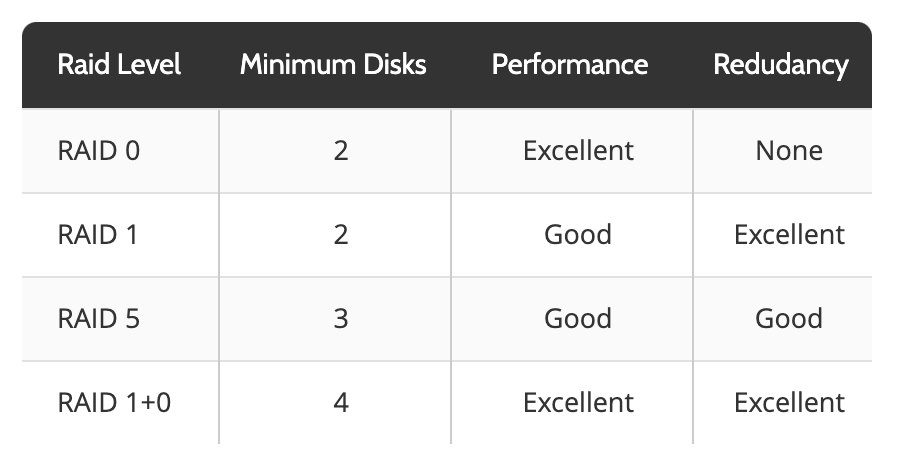
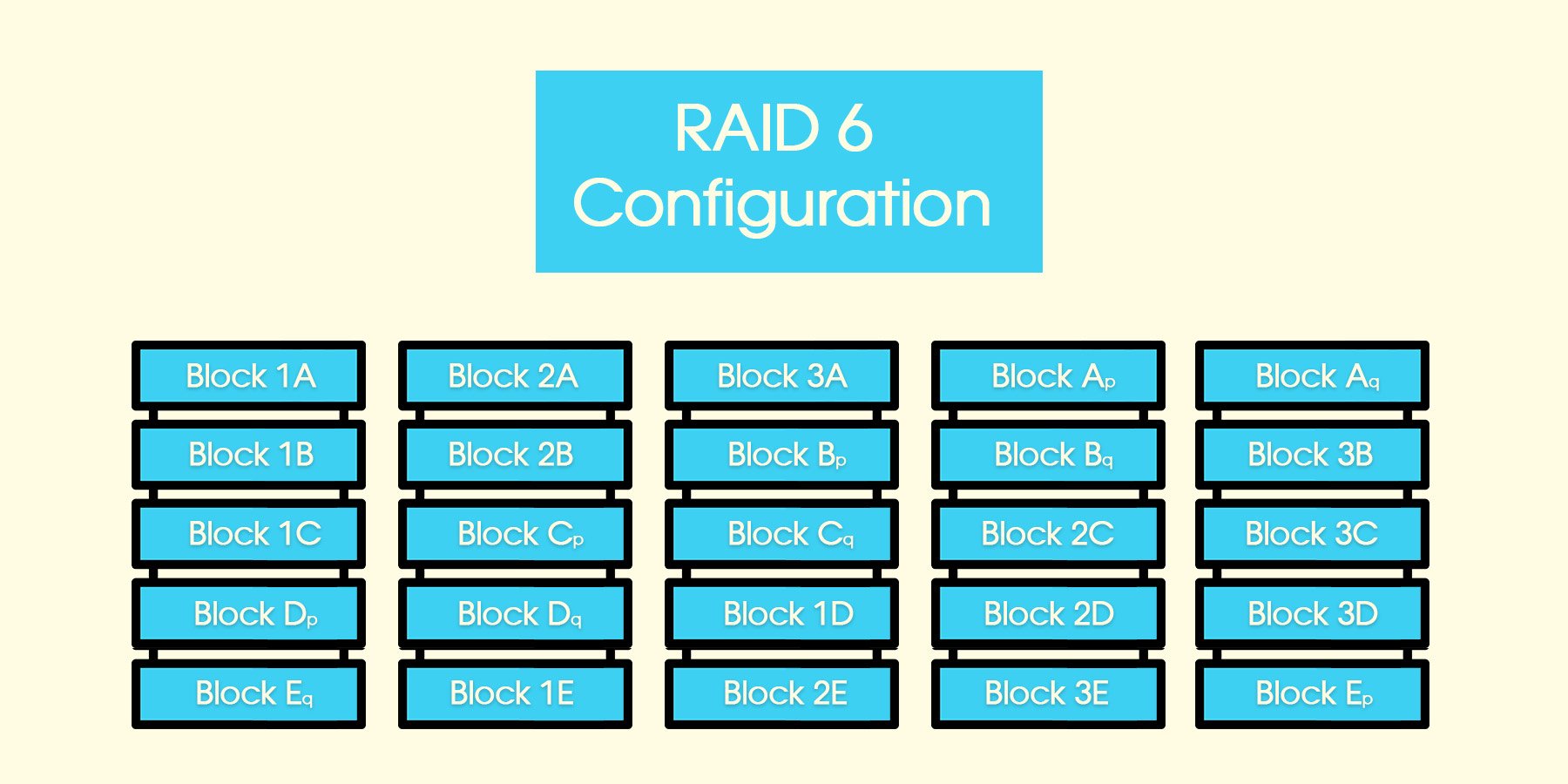
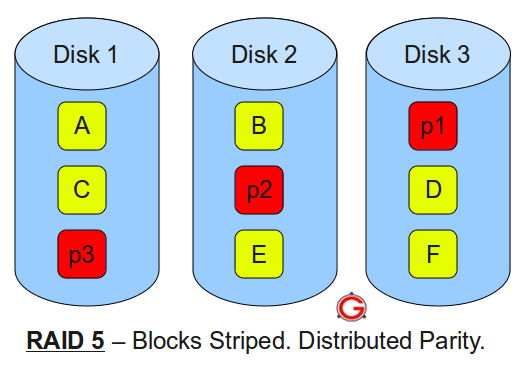



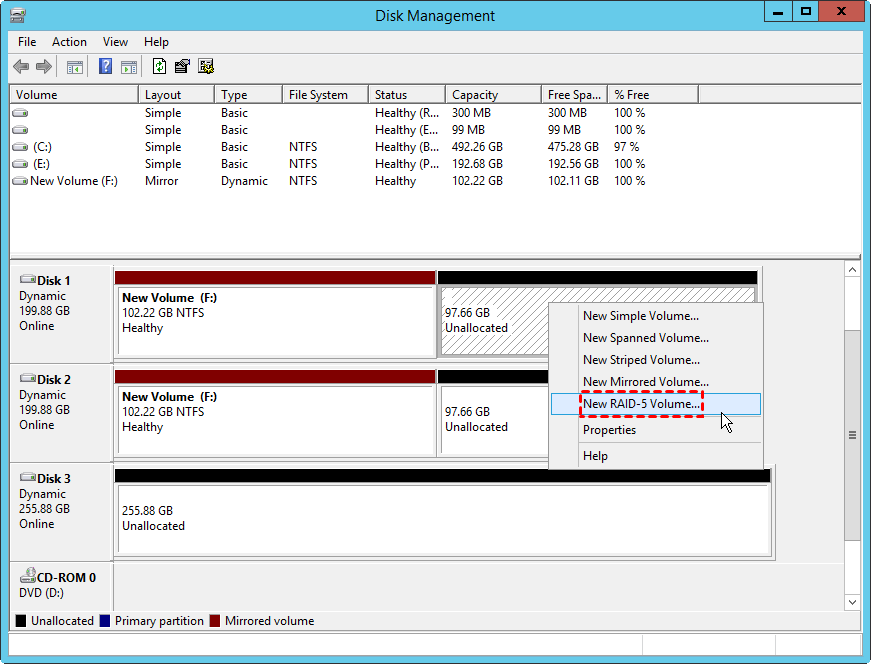

Closure
Thus, we hope this text has supplied beneficial insights into Information Safety and Efficiency Enhancement: A Complete Information to RAID Configurations in Home windows Server. We hope you discover this text informative and helpful. See you in our subsequent article!